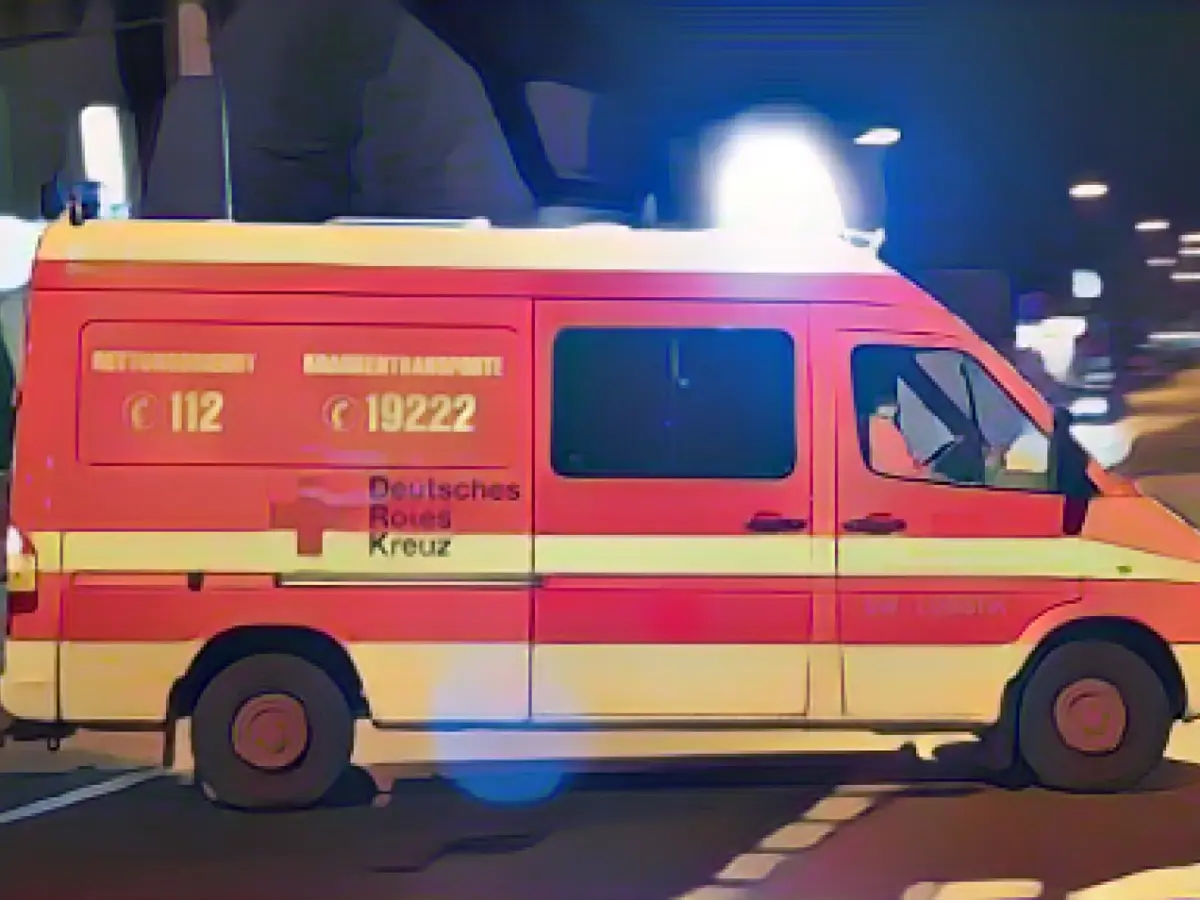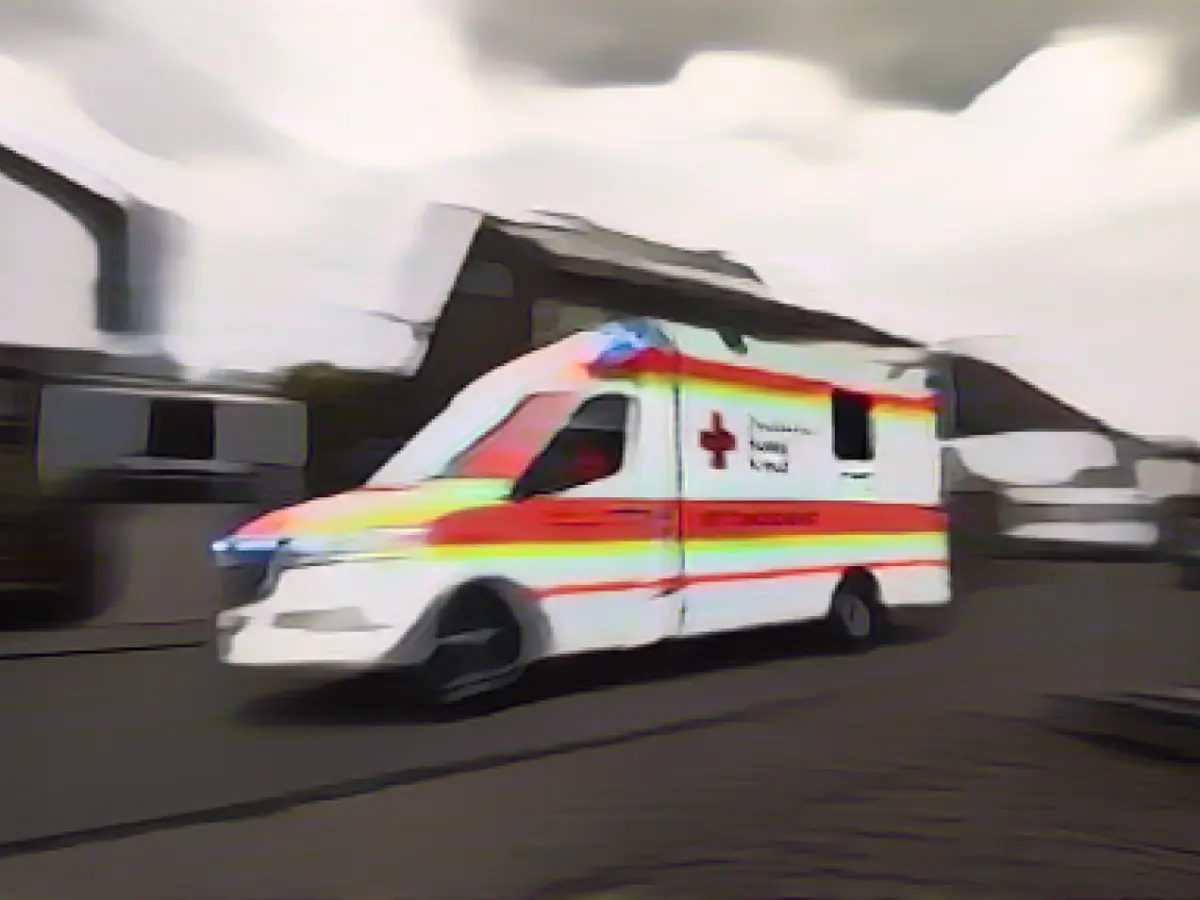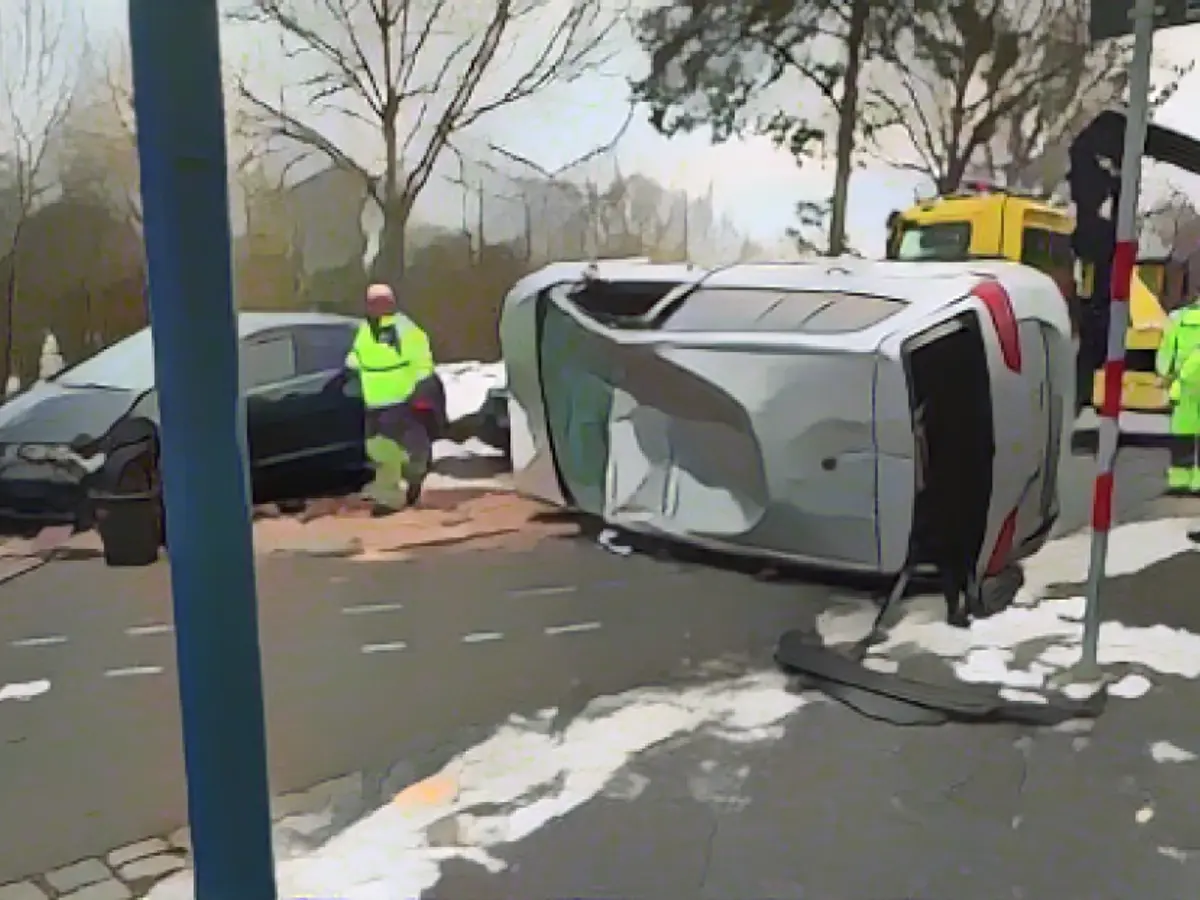Emergency Ambulances in Lower Saxony Consider Using Non-Paramedics Due to Shortage
In response to a severe paramedic shortage, the Interior Committee in Lower Saxony is looking to extend the use of non-paramedic staff within ambulance services past its current deadline. The proposal, backed by the CDU, has gained the committee's support, marking a win for the opposition during the legislative period.
CDU parliamentary group leader Sebastian Lechner believes adapting to the situation and finding practical solutions is vital to guarantee the best possible emergency care for Lower Saxony's residents. Lechner is optimistic about the bill passing through the state parliament, noting it as the first successful opposition motion since the term began.
Although data on the number of paramedic graduates currently working in Lower Saxony is not available, the Interior Ministry has issued over 5,800 certificates since 2014. Despite no indication from the 50 municipal rescue service providers that ambulances cannot operate without the extension of the exemption, the committee advocates for extending it until 2026.
Opportunities and Challenges of Employing Non-Paramedic Staff in Ambulances
Deploying non-paramedic staff in emergency situations has both advantages and drawbacks for patient care, workload distribution, and public perception. While this approach can relieve stress on paramedics, it poses difficulties in areas like:
- Workload Distribution: In regions with a paramedic shortage, non-paramedic staff might be required to handle complex procedures, even if they are not fully equipped or trained. This can lead to an increased complexity for non-paramedic staff.
- Training and Supervision: Effective training and supervision for non-paramedic staff are essential for delivering competent emergency care. In regions with a paramedic shortage, training programs and supervision might need to be tailored to accommodate the capabilities and limitations of non-paramedic responders.
- Coordination and Communication: Coordinating and communicating effectively between different levels of medical personnel can be challenging in complex emergency situations.
- Patient Care: While non-paramedic staff can deliver essential care, they may not be as equipped to handle specialized procedures as paramedics. This may result in delays in advanced care or higher risks of complications for patients requiring more advanced interventions.
- Public Perception and Trust: Integrating non-paramedic staff into emergency services could affect the public's trust in emergency responders. Therefore, ensuring that the public has confidence in non-paramedic responders is crucial to prevent delays in seeking medical help and minimize negative impacts on the system's reputation.
Conclusion
Extending ambulance deployment with non-paramedic staff in Lower Saxony can help address the challenges posed by a paramedic shortage, but it presents various opportunities and challenges, including workload distribution, training, coordination, patient care, and public perception. The impact of this measure in Lower Saxony will depend on the local context, training programs, and efficiency of the emergency response system.
Enrichment Data:
The use of non-paramedic staff in ambulances in Lower Saxony, particularly in the context of a paramedic shortage, can have various impacts on patient care, workload distribution, and public perception.
Patient Care:
- Quality of Care: Paramedics are trained to handle emergency medical situations, administer medications, and perform advanced life support techniques. Non-paramedic staff like EMTs or ECAs may not have the same level of training or expertise, leading to potential suboptimal patient outcomes in critical situations.
- Limited Scope of Practice: Non-paramedic staff typically have a more limited scope of practice compared to paramedics. This means they may not be able to perform certain procedures or administer specific medications, potentially delaying or complicating patient care.
Workload Distribution:
- Workload Management: The integration of non-paramedic staff can help manage the workload by distributing tasks more efficiently. Non-paramedics can handle less complex tasks such as patient assessment, vital sign monitoring, and basic life support, allowing paramedics to focus on more critical interventions.
- Training and Supervision: Effective training and supervision are crucial to ensure that non-paramedic staff can perform their duties safely and effectively. This might involve structured training programs and close supervision by paramedics to ensure that patients receive the best possible care.
Public Perception:
- Trust in Emergency Services: Public perception can be influenced by the perceived quality of care. If patients feel that the care provided by non-paramedic staff is not up to par, it could erode trust in the emergency services. Effective communication and transparency about the roles and limitations of non-paramedic staff can help build trust and confidence in the emergency services.
In the context of a paramedic shortage, integrating non-paramedic staff into the ambulance service can be a temporary solution, but it should be done with careful planning and implementation to ensure that patient care is not compromised. Continuous training and evaluation of the non-paramedic staff are essential to ensure they can provide safe and effective care.








